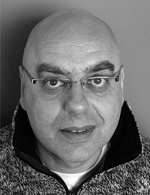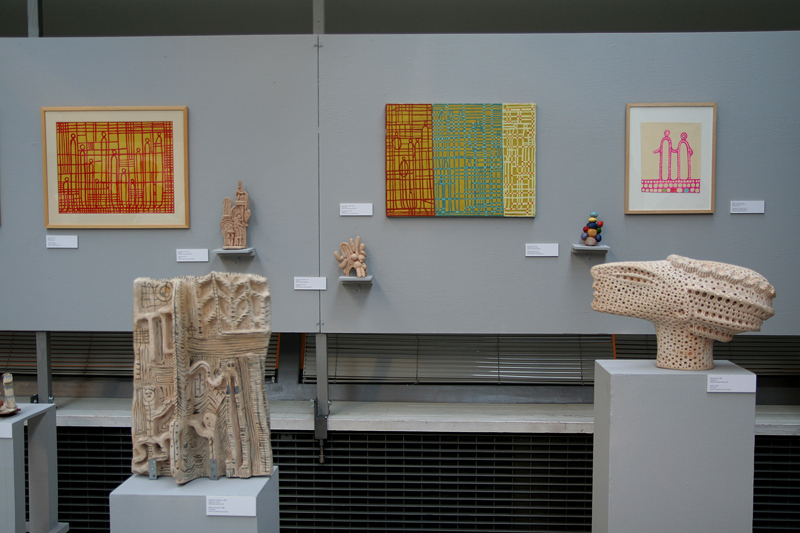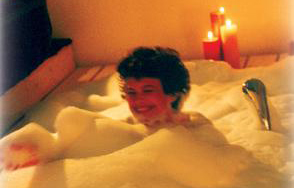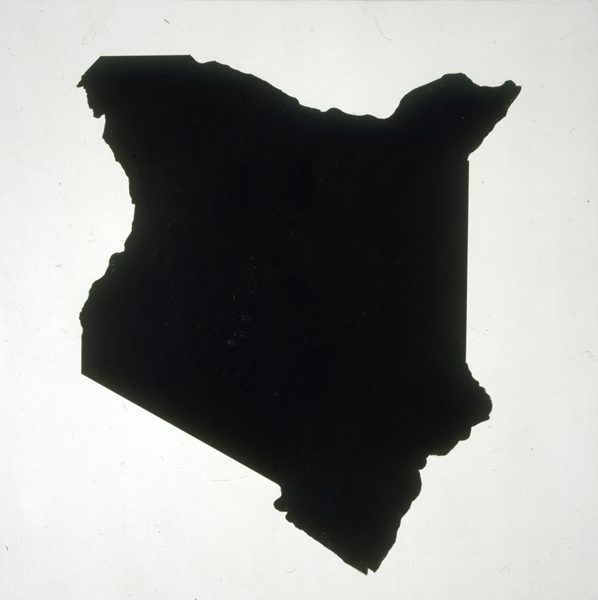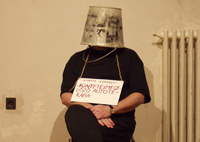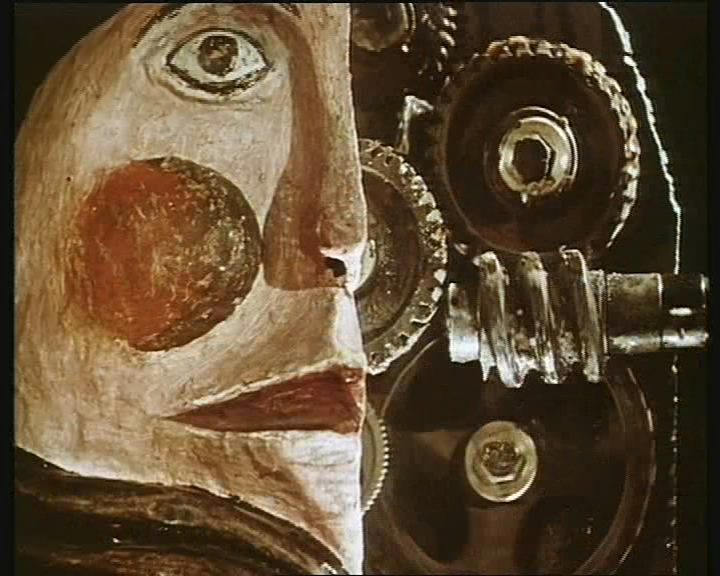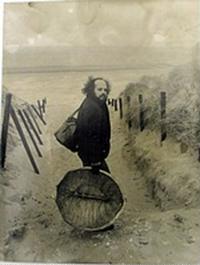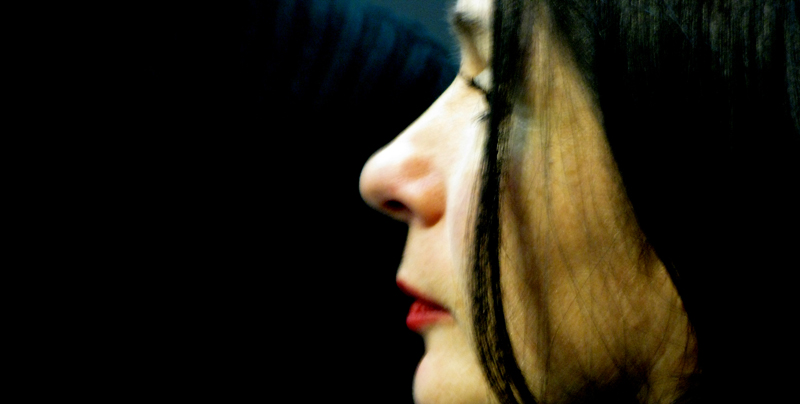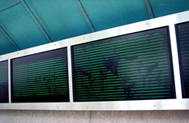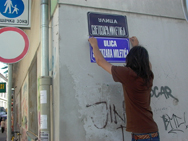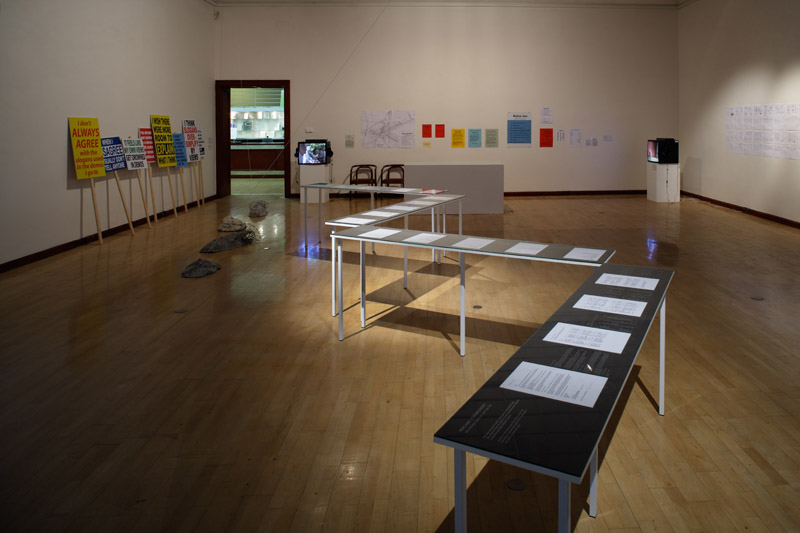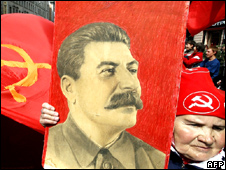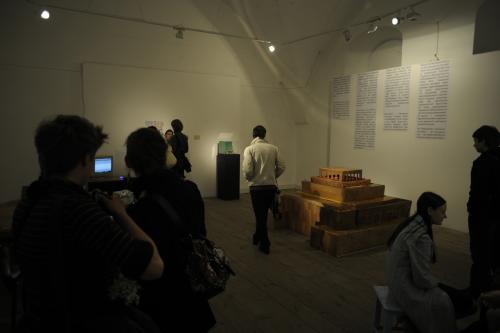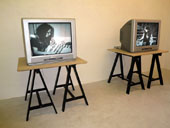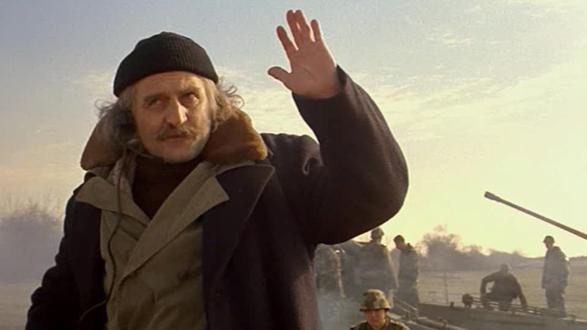Ljubljana Biennial of Graphic Arts (Exhib. Review)
The 28th Biennial of Graphic Arts, International Centre of Graphic Arts (MGLC), Ljubljana, Slovenia, September 4, 2009 – October 25, 2009
The 24th Biennial of Graphic Arts (2001) was marked by important changes to the event’s concept and content. Specifically, it introduced the curatorial system and abolished the traditional understanding of graphic arts. This allowed the Ljubljana Biennial to catch up with current trends in the strongly diversified field of contemporary arts. As a result, the Ljubljana Biennial was entirely open; the only criterion used was that the works represented be reproducible, which is of course an extremely flexible criterion.… Read more


